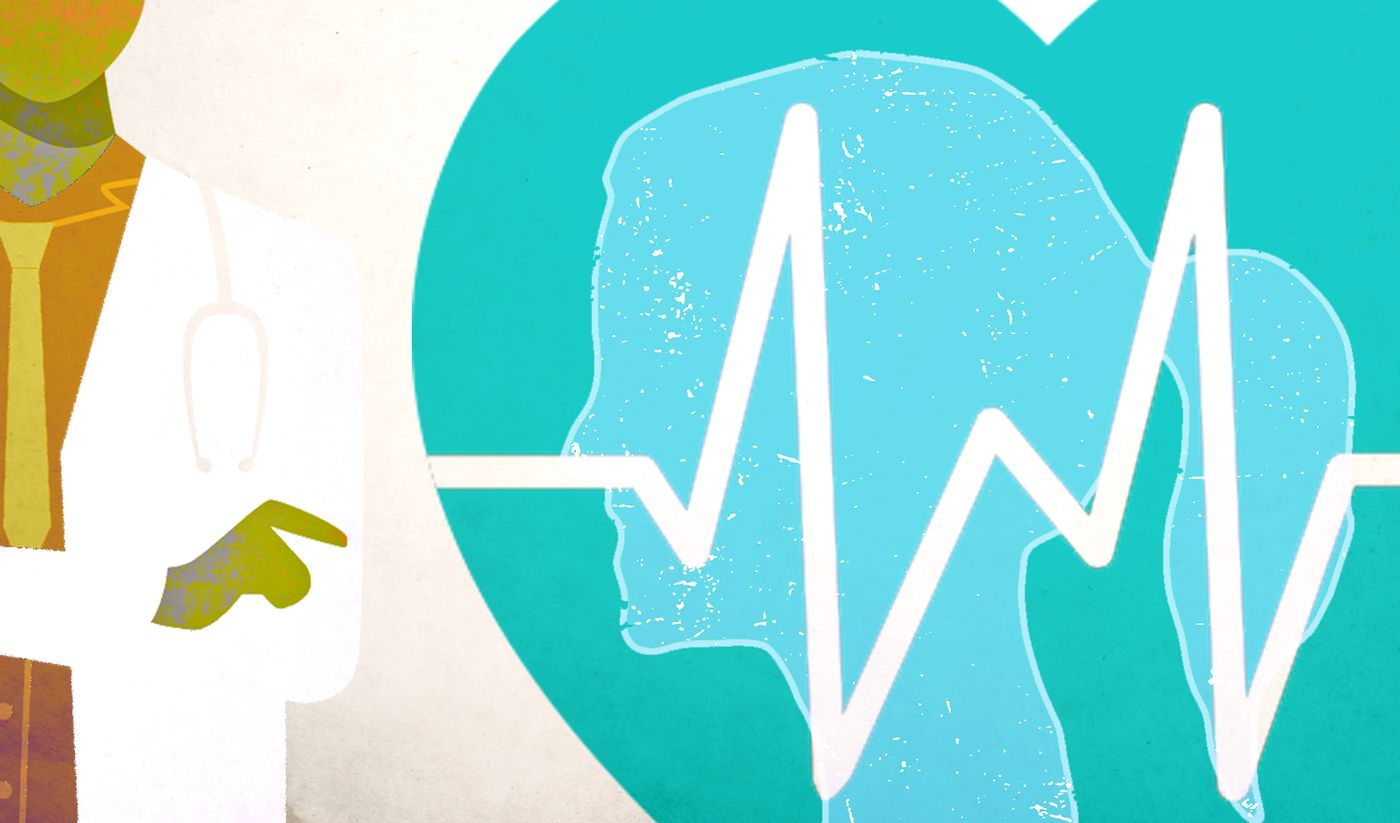The healthcare system has largely been made by men, for men.
Medical researchers historically excluded women from experiments -- partly because they believed hormonal fluctuations in female lab animals would complicate data, partly citing concerns about harming women's fertility, and partly because of researcher bias.
As a result, the male body has been treated as the biological default. This healthcare gender prejudice has left gaping knowledge gaps around how illness and pain impact women.
Those knowledge gaps have often been filled with sexist narratives: among them, that women's pain or symptoms are exaggerated, rooted in emotion, or "hysterical". That term has origins in ancient Egypt in 1900 BC, where it was suggested a spontaneously wandering uterus was the cause of women's mental illness.
Almost 4,000 years later, medical misogyny persists. ("Hysterial neurosis" as a psychological diagnosis was only removed in 1980, when the Diagnostic and Statistical Manual of Mental was updated.)
Women remain largely under-represented in medical research, despite moves by some countries to mandate inclusion of women in medical trials.
Gender and sex remain poorly analysed and often not reported in research.
And despite gender parity in Australian medical schools, in the working world the sector remains dominated by men. Women represent just 28 per cent of medical deans, 14 percent of the highest-paid medical specialists in Australia (neurosurgeons), and 12.5 percent of hospital chief executives. Outright discrimination, sexist bullying and unconscious bias in the sector is common, with almost one-third (30 per cent) of female surgeons saying they have been sexually harassed at work. Over time, these inequities can lead to female doctors leaving.
All this results in real-life disadvantages for women patients.
Research has found women practice medicine differently; among other things, they are more likely to provide preventative care and use patient-centred communication. Male doctors — of which there are far more than female doctors — may therefore be more likely to "gaslight" (invalidate and dismiss) female patients with unexplained symptoms.
Doctors take women's pain less seriously then men's, and prescribe fewer powerful painkillers for pain. Despite the fact that 70 percent of people with chronic pain are women, a whopping 80 percent of pain studies are conducted on men, or male mice.
Many medicines that were approved after being tested mainly on men have sometimes had such adverse impacts on women that they have been withdrawn from the market– showing how the assumption that the male body is the "baseline" for all bodies can be catastrophic.
Conditions that disproportionately impact women have historically been underfunded: endometriosis, anxiety disorders, and migraines among them. Receiving a diagnosis and treatment can, accordingly, be harder for sufferers of these conditions compared to conditions suffered mainly by men.
Women wait longer for a diagnosis for men. Diagnoses are often delayed or missed in the case of ADHD, autism spectrum disorder and heart attacks, where the symptoms can show up differently -- because doctors have been trained to view men's symptoms as "the norm". Indeed, women presenting with chest pain at emergency departments wait 29 percent longer to be evaluated for possible heart attacks.
So pervasive is this phenomenon that there's a term for it -- "the Yentl syndrome" -- coined to call attention to the under-diagnosis and under-treatment of women.
The costs of sidelining women in medical research and treatment are great. From the financial burden of securing diagnoses and treatment in a system that routinely dismisses women's symptoms, to decreased quality of life when treatment or medication is denied, to unexpected side effects from medication tested mainly on men– medical misogyny puts women's health, and lives, at risk.

